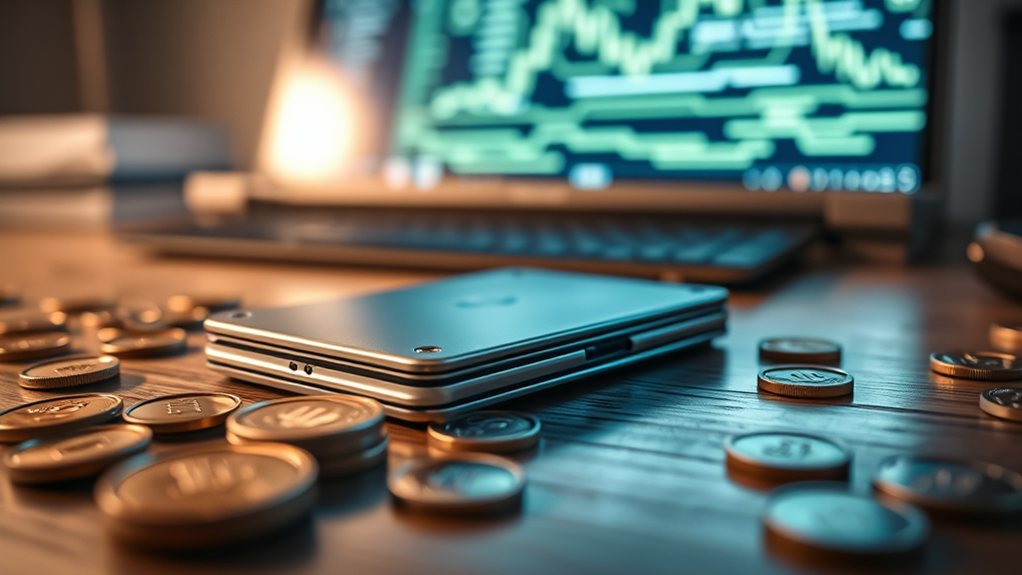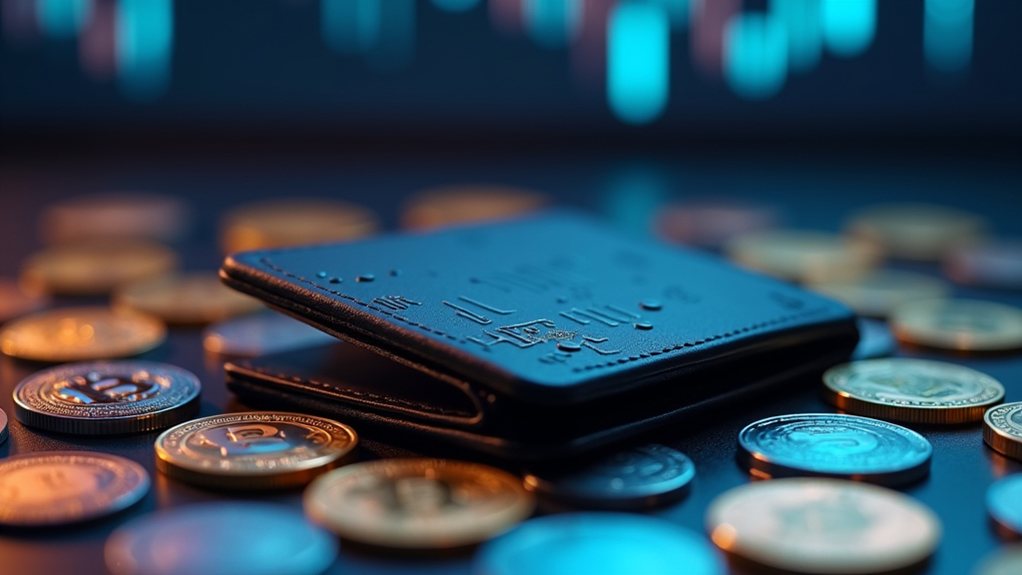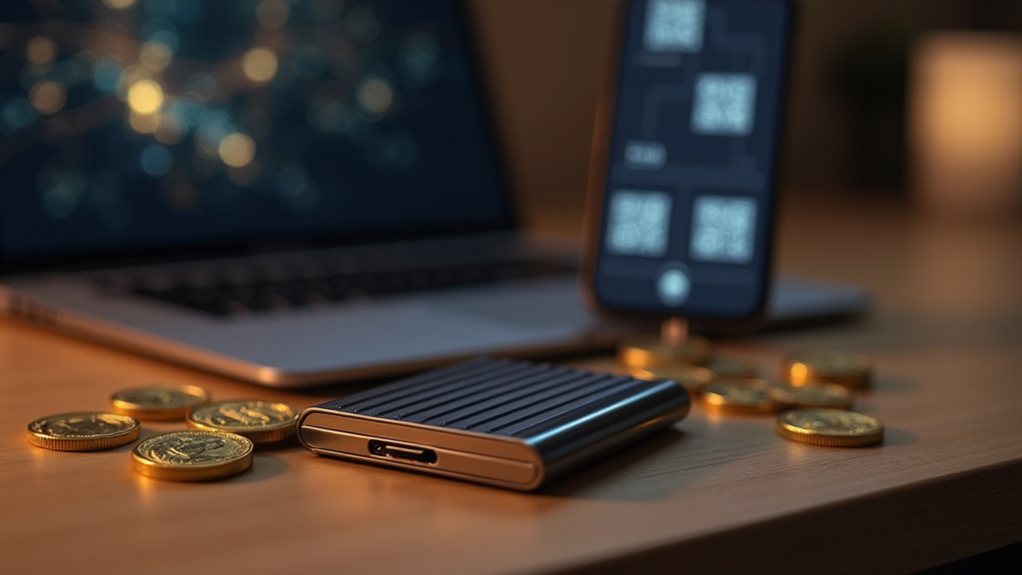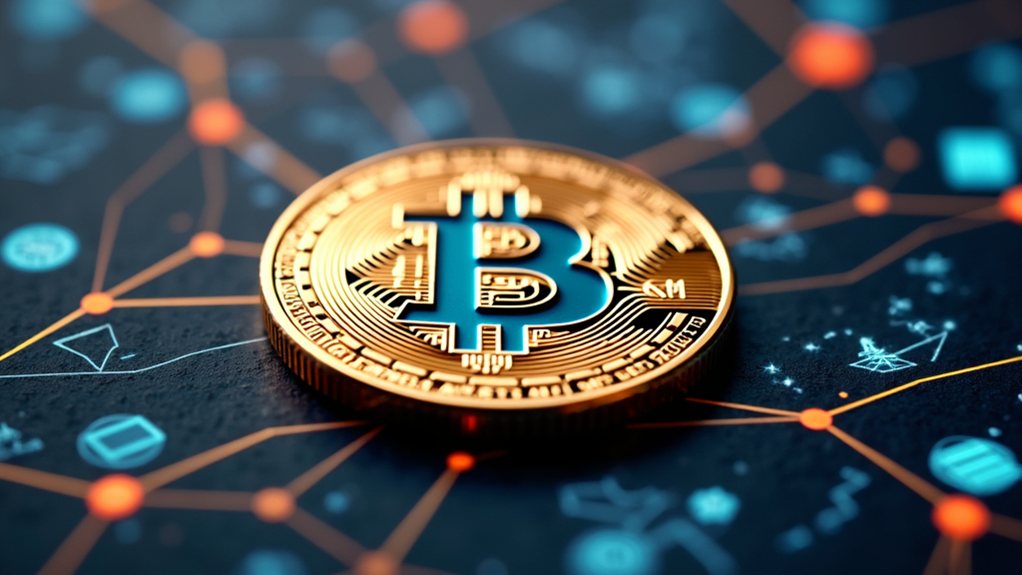A non-custodial wallet lets users control their cryptocurrency directly by holding their own private keys. Unlike exchanges or banks, no third party can access, freeze, or manage the funds. Users interact directly with blockchains, maintaining full ownership and financial independence. This approach aligns with crypto's core principles of decentralization but requires proper security practices. Popular options include MetaMask, Trust Wallet, and hardware devices like Ledger. The following sections explore how these wallets protect your digital assets.

Freedom and control define the essence of a non-custodial wallet in the cryptocurrency world. These digital wallets allow users to maintain complete ownership of their private keys, which are required to access and move cryptocurrency funds. Unlike custodial alternatives where exchanges or third parties hold the keys, non-custodial wallets put users in charge of their own digital assets. This approach aligns perfectly with cryptocurrency's core principles of decentralization and financial sovereignty.
Non-custodial wallets interact directly with blockchains, eliminating the need for intermediaries when sending or receiving funds. They come in various forms including software options for desktops and smartphones, hardware devices that store keys offline, and even paper wallets where keys are physically printed. Many non-custodial wallets are open-source, allowing anyone to inspect their code for security or potential issues. Advanced security measures like two-factor authentication further protect users' assets from unauthorized access. Users can also easily participate in decentralized finance activities through these self-custody solutions.
The true power of non-custodial wallets lies in their direct blockchain interaction, diverse forms, and transparent, intermediary-free architecture.
The security benefits of these wallets are significant. When users control their own keys, they're protected from exchange hacks, company bankruptcies, and asset freezes by third parties. This reduces counterparty risk, which is the danger that the other party in a transaction might fail to fulfill their obligations. However, this independence comes with responsibility. Users must implement proper security measures to protect their assets.
Popular non-custodial options include MetaMask, a browser extension focused mainly on Ethereum and compatible networks, and Trust Wallet, which supports multiple cryptocurrencies on mobile devices. Hardware wallets from companies like Ledger and Trezor provide enhanced security by keeping private keys offline. Exodus offers a user-friendly interface for both desktop and mobile users. Crypto.com Onchain is another notable option that provides secure management while giving users access to various DeFi services.
The biggest risk with non-custodial wallets is that losing access to private keys means permanently losing access to funds. There's no "forgot password" feature or customer service team to help recover keys. Users must carefully backup their seed phrases—typically 12 to 24 random words that can restore wallet access—and keep them secure. This increased personal responsibility can be challenging for cryptocurrency newcomers.
From a regulatory perspective, non-custodial wallets typically face less oversight than custodial services. This can offer users more privacy but may also mean they need to handle their own compliance with tax and reporting requirements. The regulatory landscape for self-custody continues to evolve worldwide, with different countries taking various approaches to these tools.
Non-custodial wallets represent cryptocurrency in its purest form, giving users true ownership of digital assets without relying on centralized institutions. While they require more personal responsibility, they offer unmatched control and align with the original vision of cryptocurrency as a peer-to-peer electronic cash system.
Frequently Asked Questions
How Do I Recover My Wallet if I Lose My Private Keys?
Losing private keys isn't the end. Users can recover wallets using their recovery phrase, typically 12-24 words that must be entered in exact order.
Some wallet providers offer account recovery services requiring identity verification. Newer wallets support social recovery through trusted "guardians."
Professional crypto recovery services exist as a last resort, but they're expensive with no guarantees. Without private keys or recovery phrase, funds are often permanently lost.
Are Non-Custodial Wallets Regulated by Financial Authorities?
Most non-custodial wallets aren't directly regulated by financial authorities.
They generally fall outside traditional banking rules because there's no company holding customer funds. Regulators instead focus on the exchange services where crypto enters or exits the traditional financial system.
Some countries are exploring new rules, though. The EU's Transfer of Funds Regulation aims to extend some monitoring requirements to these wallets.
Which Blockchain Networks Are Compatible With Non-Custodial Wallets?
Non-custodial wallets support a wide range of blockchain networks. Popular options like MetaMask work with Ethereum, Polygon, Binance Smart Chain, and Avalanche.
Trust Wallet connects to over 65 networks, while Exodus supports more than 100. Major compatible networks include Bitcoin and Bitcoin-like chains (Bitcoin Cash, Litecoin), Ethereum-compatible networks, and independent blockchains like Solana, Cardano, and Polkadot.
Ledger devices support over 5,500 cryptocurrencies across various networks.
Can I Convert a Custodial Wallet to a Non-Custodial One?
Yes, users can convert from a custodial to a non-custodial wallet.
The process involves exporting private keys from the custodial wallet and importing them into a new non-custodial wallet. Then, funds must be transferred to complete the conversion.
This shift gives users full control over their cryptocurrency, but also means they're fully responsible for security.
Many crypto holders make this change to avoid relying on third-party services.
What Happens to My Assets if the Wallet Provider Goes Bankrupt?
Assets in non-custodial wallets remain safe if the provider goes bankrupt.
That's because users control their private keys, not the company. The wallet is just software that connects to the blockchain where the funds actually exist.
Users can still access their crypto using their seed phrase with another compatible wallet. Unlike bank accounts, these assets aren't part of the company's financial holdings.










